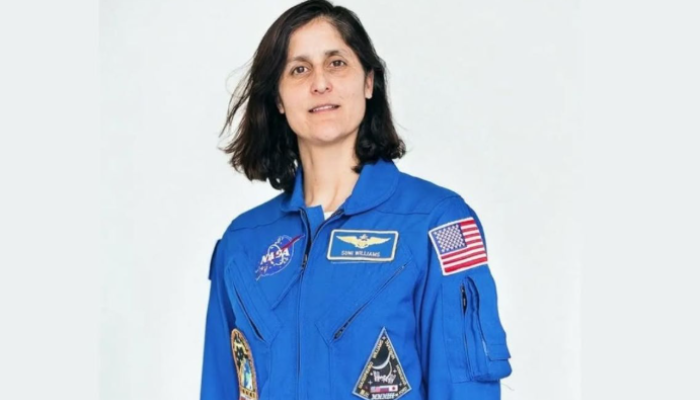
NASA astronauts Butch Wilmore and Sunitha Williams have safely returned to Earth after spending over nine months aboard the International Space Station (ISS). Their SpaceX capsule made a fiery re-entry through the Earth’s atmosphere, with parachutes deploying to ensure a safe splashdown off the coast of Florida.
The astronauts, initially set to stay for only eight days, had their mission dramatically extended after the Starliner spacecraft they were traveling on experienced technical difficulties. The extension allowed them to contribute significantly to scientific experiments and even set records during their stay in space.
Extended Mission Due to Starliner Issues
Butch Wilmore and Sunitha Williams were originally part of Boeing’s Starliner crewed test flight in June 2024. However, technical issues with the spacecraft led to the decision to keep the astronauts on the ISS longer. NASA quickly arranged for them to return aboard a SpaceX capsule, initially planned for a six-month mission. Their stay was extended further, allowing the astronauts to continue their work in space.
Despite the prolonged mission, the astronauts embraced their time in space. Williams broke the record for the most hours a woman has spent outside the ISS during spacewalks. Throughout the extended mission, the crew remained in high spirits, even celebrating holidays such as Christmas by wearing festive attire.
Safe Splashdown and Recovery
The return journey for Wilmore and Williams took 17 hours. After splashdown, a recovery ship swiftly brought the capsule ashore, where the astronauts were greeted with cheers and taken for medical evaluations. While in space, astronauts undergo changes to their bodies, including muscle and bone loss due to weightlessness. Upon returning to Earth, they will undergo rehabilitation to adjust to gravity.
Astronauts who return from long-duration missions face a challenging physical recovery, with fluid shifts and bone density loss being among the primary concerns. NASA has already planned an extensive exercise regime for both astronauts to help them readapt to Earth’s gravity.
Health Challenges After Long Duration in Space
Space missions, especially those lasting several months, put significant stress on the body. Astronauts lose bone density and muscle mass and experience circulation issues, all of which require extensive physical therapy after returning to Earth.
Tim Peake, a former British astronaut, shared his experience of returning from space, describing the first few days back on Earth as physically demanding. He explained that while zero gravity feels like a holiday, readjusting to Earth’s gravity can be harsh on the body. Wilmore and Williams are expected to follow similar recovery protocols to ensure their health and well-being.
Looking Forward to Reuniting with Family
After months in space, the astronauts expressed excitement about reuniting with their families and catching up on lost time. Sunitha Williams, in particular, looked forward to seeing her loved ones and enjoying the simple pleasure of “jumping in the ocean” after months in space.
Wilmore and Williams’ mission was initially planned to last only eight days but ended up being a nearly year-long journey filled with scientific contributions, record-breaking achievements, and a safe return to Earth. Their perseverance, adaptability, and resilience have made them role models for future astronauts.
Final Thoughts
NASA’s successful mission with Butch Wilmore and Sunitha Williams highlights the ongoing challenges of long-duration space flights and the human capacity to adapt to the harsh conditions of space. As the astronauts embark on their recovery and reunite with family, their mission stands as a testament to the advancements of human space exploration.
